To read early accounts from Polynesia, China and Puru, it’s easy to identify the timeless elements of wave riding culture.
The sensations. The sense of wonder. The air of salty superiority exuded by practitioners and the excitement of an audience beguiled by glistening, bodies gliding atop the brine. However, to look back into surfing’s less distant past reveals just how much the accoutrements and ephemera that swirl around the culture fluctuate with each passing era. The manoeuvres we perform, the things we drape ourselves in to let everyone know we’re a surfer and the way we exhibit our prowess are subject to many fads and fashion booms.
You may suppose surfing’s finest gimmicks are to be found back in a time when the culture was still finding its feet. While the ‘80s and ‘90s offer plenty, in fact, it’s the last few decades that have seen the real boon. From mountains of useless hardware to strange aerials passing as progression, we’ve highlighted some of the greatest for you here.


Pointless Tech
You could write a book on bogus and completely unnecessary surf inventions. To be charitable, we’d say they’re the collective output of a million misguided saltwater souls, desperate to hit upon that one big idea that’ll allow them to give up their day job and just ride waves for the rest of their days. If we were being less charitable (and considerably more self-righteous), we’d call it the inevitable detritus of conspicuous consumption, and our collective punishment for allowing it to so thoroughly infiltrate the once sacred sport of kings.
Many of the worst offenders fall into the trap of ignoring mother necessity and solving a problem that didn’t exist. Like that hanger with the built-in drying mechanism (because putting on a wet wetsuit is character building). Or the little inflatable cushion that goes down your suit to protect your ribs (just eat more pasties) or the tiny water bladder and mouthpiece, which holds precisely four sips of liquid, which you’re sposed to stuff down your suit for mid-session hydration. (Although a merger of those last two might be something approaching a good idea.) Then there are the million variations on board balanced over roller or cushion, beloved of surf camps worldwide, which claim to improve your strength and balance in a way that might help your surfing but surely really do not much of either.
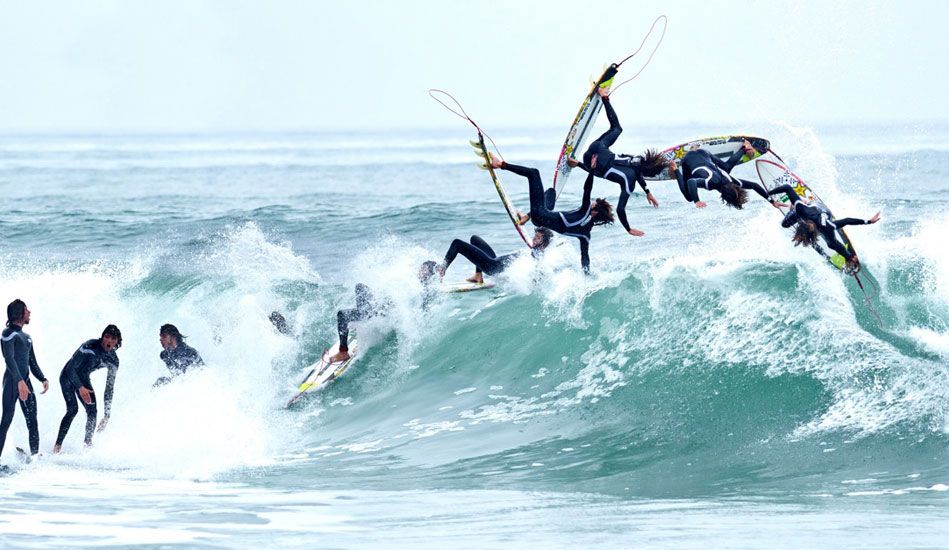
Photo: Red Bull Illume
Surf Photo Fads
For a long-standing medium that’s spanned many a format, surf photography has suffered mercilessly few fads. We swerved the hyper-real HDR look that consumed landscape and car photography in the mid-naughts and thankfully only had to withstand a few black and white images with just surfer and singlet re-coloured.
While the GoPro facing backwards explosion was definitely a low point, some other techniques involving the little cameras actually led to innovation. Equally the trend of flash-lit, in water shots (achieved by sending out a lackey with a speedlight to swim around in the impact zone) although short-lived, also yielded interesting results.
There was one fad though that managed to hold its ground, at least on the internet, for a solid while: the superimposed sequence shot – surely the ugliest, least artistically appealing of any surf photographic sub-genre. As a once avid perpetrator of such images (usually adorned with an equally awful watermark), I hold my hands up and say honestly, I’ve no idea what I was thinking. My only defence would be the fog of adolescence and perhaps a misguided hope that a female classmate would glance over my shoulder as I was mid-way through a creation and be dazzled by my painstaking Photoshop wizardry. (That never happened.)
Thankfully, beyond occasional flare-ups in the mainstream press, it’s a practice that has long been buried. However, that’s not to say the book has closed entirely on unsightly surf photo trickery. Beware the current trend for gaudy fake speed blurs, where the motion is added on Photoshop and the rider is reimposed pin-sharp on an otherwise thoroughly smudged frame. Yuck.
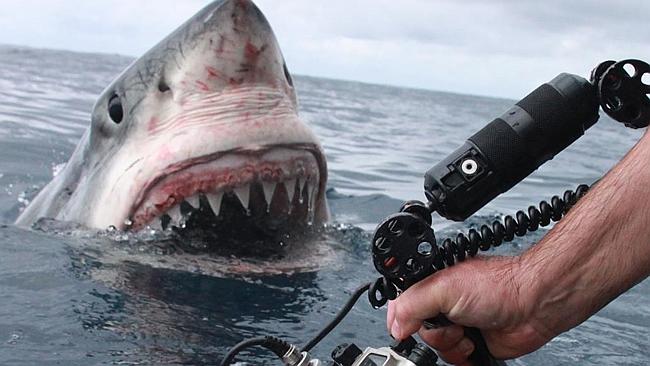
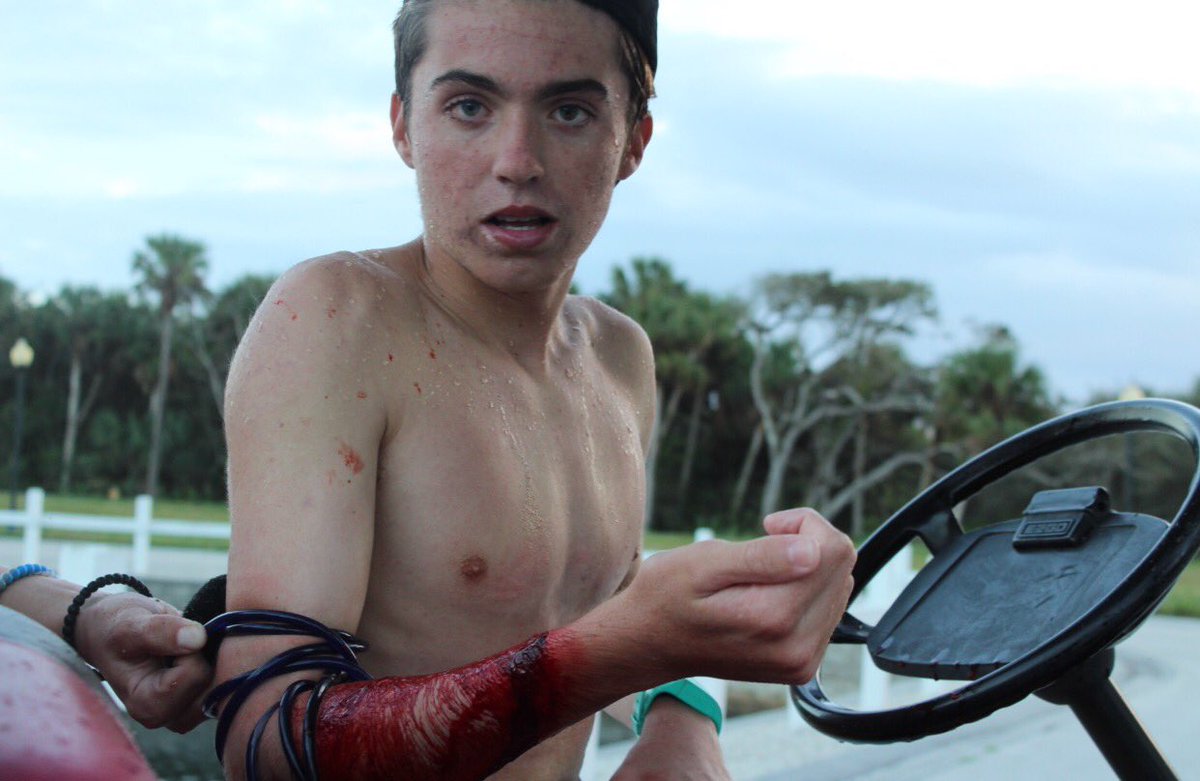
Photo: Dave Riggs/Luke Thom/Naturalist Charters & Zack Davis
Shark Repellents
In theory, a wearable shark deterrent is a barnstorming idea. An elegant solution to the worsening problem of encounters between surfers and big fish, without the need for culls or nets or expensive aerial surveillance. The trouble is, there are serious questions about whether any of the hundreds of options currently available (which utilise everything from electromagnet currents to chilli powder) actually work.
Anecdotally, there’s plenty of cause for scepticism. Besides the fact many scientists concede we don’t actually know enough about the way sharks hunt to actively intervene in the process, there have been a few headlines that don’t paint the gizmos in the best light. Like the story of Zack Davis (pictured above), who got a SharkBanz for Christmas in 2016, paddled out for a surf at his local beach in Florida and was promptly bitten on the arm by a blacktip shark. Or, a story published in The Australian in 2008 that detailed how a shark ate a deterrent device whole during one round of product testing.
Of course, the manufacturers claim these are anomalies. But what does the science say?
In a 2018 study, a group of researchers set out to test six of the most popular products on the market; Shark Shield, Freedom+ Surf, Rpela, SharkBanz bracelet, SharkBanz surf leash, and Chillax Wax.
After carefully monitoring great whites interactions with a quiver of baited boards equipped with each device, they discovered that only The Freedom + Surf had a significant effect on the animals’ behaviour.
And, even with that on, the shark still took the bait 40% of the time – which is definitely better than nothing, but maybe not worth the lofty $550 price tag.
Kickflips & Sushi Rolls
In 2007 Volcom announced it would give $10k to the first person to land a kickflip on a surfboard. The rules stated it had to be above the lip and that the competition would remain open until someone stomped one. Presumably, they hoped the world’s best aerialists would assemble enthusiastically and commence a thrilling race to claim the prize and their place in the history books. But after initial attempts led to broken boards and spliced heels, entrants were reduced to just a handful. Leading the charge was Santa Cruz native Zoltan Torkos, whose reasons for his unwavering dedication to the trick were surprisingly heartfelt.
“Prior to 2011, I was surfing with my good friend, Carl Reimer,” he explained in an interview with Juice Magazine, “and he told me, joking around, You need to pull that trick and do the kickflip and do it all the time.’ I was like, ‘Oh, whatever. I don’t even care.’ Then he left my house and got shot to death and that was the last thing he ever told me. After that, I was really determined to do it. I didn’t care if I broke myself. I broke like 50 boards on my face. I’m chewed up right now and I have ten stitches in my arm and I’ve been stabbed in the eye by my surfboard and I couldn’t see for like three days. I wanted to make it my goal to make it like, ‘Hey, this is the Reimer kickflip.’ I wanted to help kids to pull tricks, not triggers, you know?”
In late 2011, Zoltan uploaded a video (above) that looked like the winner, but initially, Volcom claimed it wasn’t sufficiently above the lip and decided to withhold the prize. However, after an internet outcry, they reneged, awarding Zoltan the funds and announcing the next chapter of the competition, which offered a further $20k for the first kickflip undertaken wholly above the lip. Three years later, following several dozen more rejected submissions, Zoltan finally landed one he was sure met the criteria. But he says Volcom denied him once again, adding that they were putting an end to the contest because he had been the only one to enter for the last two years. The Kickflip Off YT has since fallen completely silent.
Zoltan – nowadays a wizard with a weed sponsor – on the other hand, continues to post daily videos of his surf trickery, along with magic performances, product reviews and recently, a short clip of him getting pied in the face.
The kickflip is not the only manoeuvre quickly rejected by the aerial vanguard. In the late naughts, there emerged a short-lived trend for superman variations; tricks involving a double grab and both feet leaving the board mid-air, like Julian Wilson’s ‘Sushi roll’. However, for the decade after, aerial progression went in a totally different direction. Led by free surfers like Dion Agius and Noa Deane, the focus was set squarely on height and style; big tweaked airs on heavy sections. On the world tour, similar airs were incorporated as functional manoeuvres, combod up with turns and tubes, while Maui flyers Albee Layer and Matt Meola pioneered unfathomable rotations.
But, in the last few years, the advent of wave pools has ushered in a resurgence of skate-inspired tricks. While recent moves like Mason Ho’s judo air and Jacob Zeke’s christ air are undeniably impressive, only time will tell if they’re just another chapter in aerial surfing’s feet-off fad or a genuine new frontier for aerial progression.
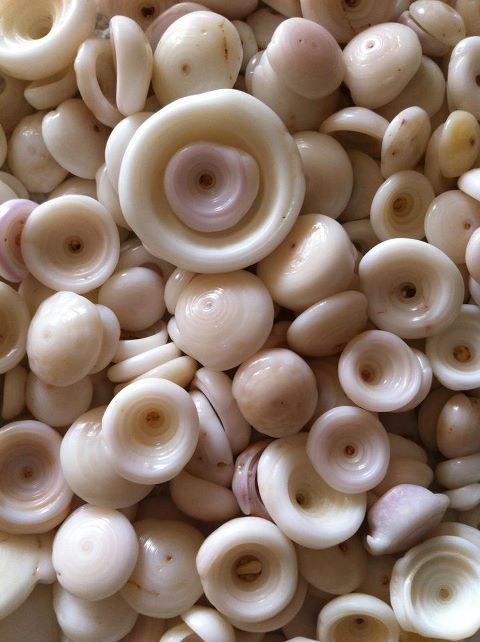
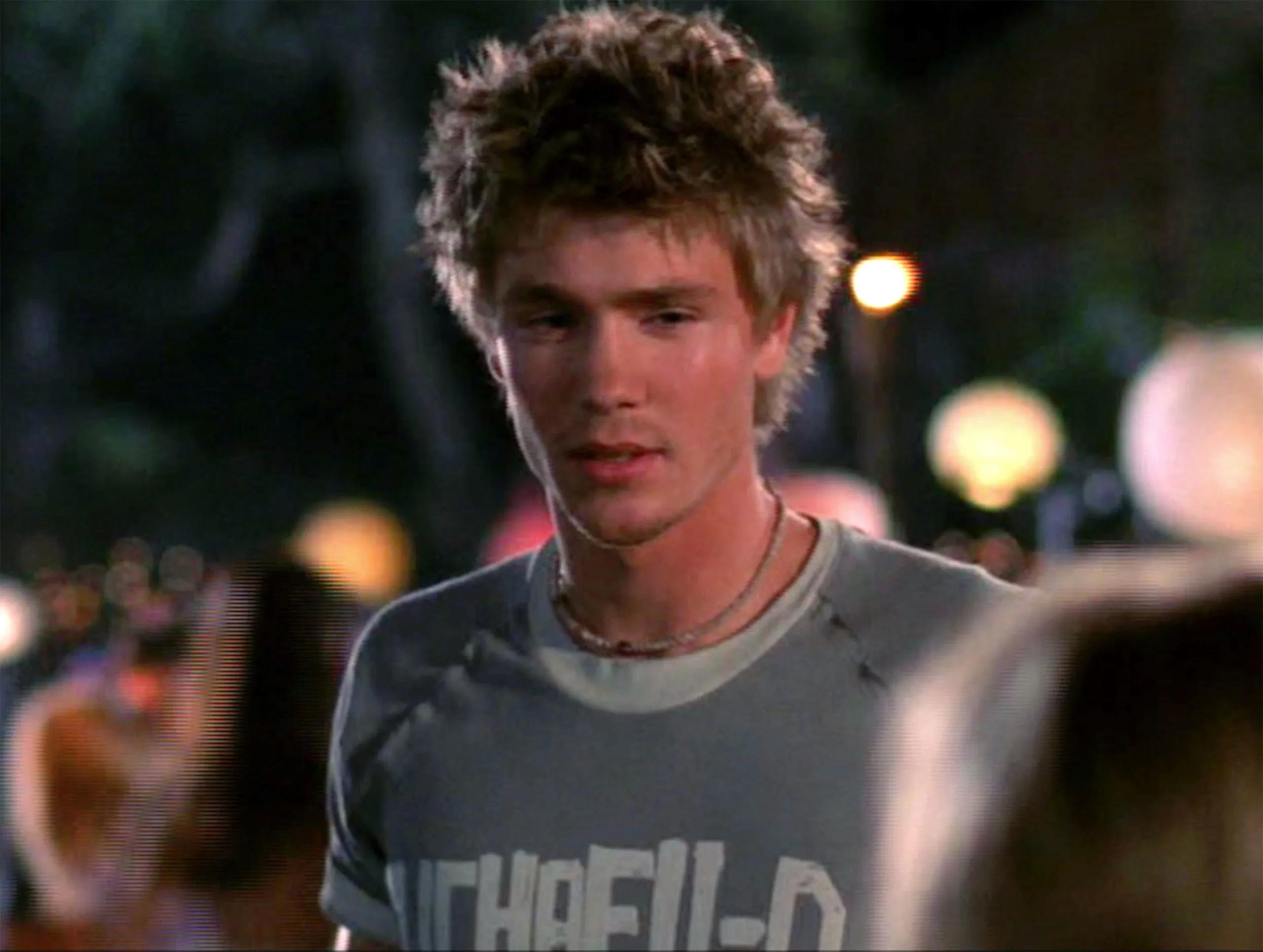
Photo: Erin Austin & Sony Pictures
Shell Necklaces
Like the shaka and aloha shirt before it, the pukka shell necklace was plucked from Hawaii by holidaying Americans and brought back to the mainland, where it underwent the inevitable transition from article of genuine cultural significance to mass-produced ‘surf accessory’, exported to the world via Hollywood celebs and surf bros straight out of central casting.
Vice has dedicated a frankly ludicrous amount of digi column inches to trying to unpick the cultural semiotics of the puka necklace. From one author’s defence of the item which states “there are still few things more seductive than the glisten of a puka shell necklace in its most glorious habitat, peeking from the weathered rim of a Volcom T-shirt” to another sprawling 800-word missive about VSCO Gen Z girls on Tiktok, (read from start to finish, still not a sausage). So we’ll spare you all that. Especially since, if you were anywhere near surf – or mainstream – fashion over the last five decades, you know exactly what one is and what sort of person wears them.
Instead, we’re going to tell a different story, the full version of which you can find in Vol 259, in the form of a first-hand account from Louis Wilson, who, along with his brother, was one of the earliest surf travellers to the wave-rich Tamarindo on Costa Rica’s west coast. After arriving in the town way back in ‘74, when it was just a few cabanas, the brothers befriended a crew of travelling Californian kneeboarders, moving into a house together on the beach. They spent the first few months surfing perfect waves with no one around and feasting on freshly caught fish.
After every surf, Louis recounts how the kneeboarders would disappear off to the beach for several hours, and one day, after they returned, he discovered a sock full of puka shells among their stuff. It turned out they’d discovered a bounty of them right there on the beach and were sending them back by the boatload to their brother in the States to be made into necklaces – at the time in high demand. There were very few places on earth with the right kind of shells, making the whole thing a very lucrative hussle. “You could pick up about a thousand dollars worth in an hour,” says Louis.
Inevitably, word got out and soon, a procession of hippies and vagabonds keen to get in on the action were arriving in town by the busload. Before long, the group’s formerly deserted beach was lined with Winnebagos and scattered with hundreds of tents. “There were fires and music and dancing going all night long. It was pretty crazy,” recounts Louis.
“We had a guy show up here in a ‘56 Ford,” he explains, of a typical comber, “He’d taken the back seats out, put two 55 gallon drums in and driven down from California. He had a notebook full of blotter acid and he traded the acid for food and money and so on while he tried to fill those two barrels and drive back to California.”
That shell-rush lasted for several years and according to Louis, who still lives nearby, it’s what kicked off the kind of backpack tourism that has seen Tamarindo steadily grow into Central America’s most famous surf town. Quite a legacy, we reckon, for the otherwise ineffectual puka shell necklace.
Cover photo: Andrew Shield // Quiksilver
